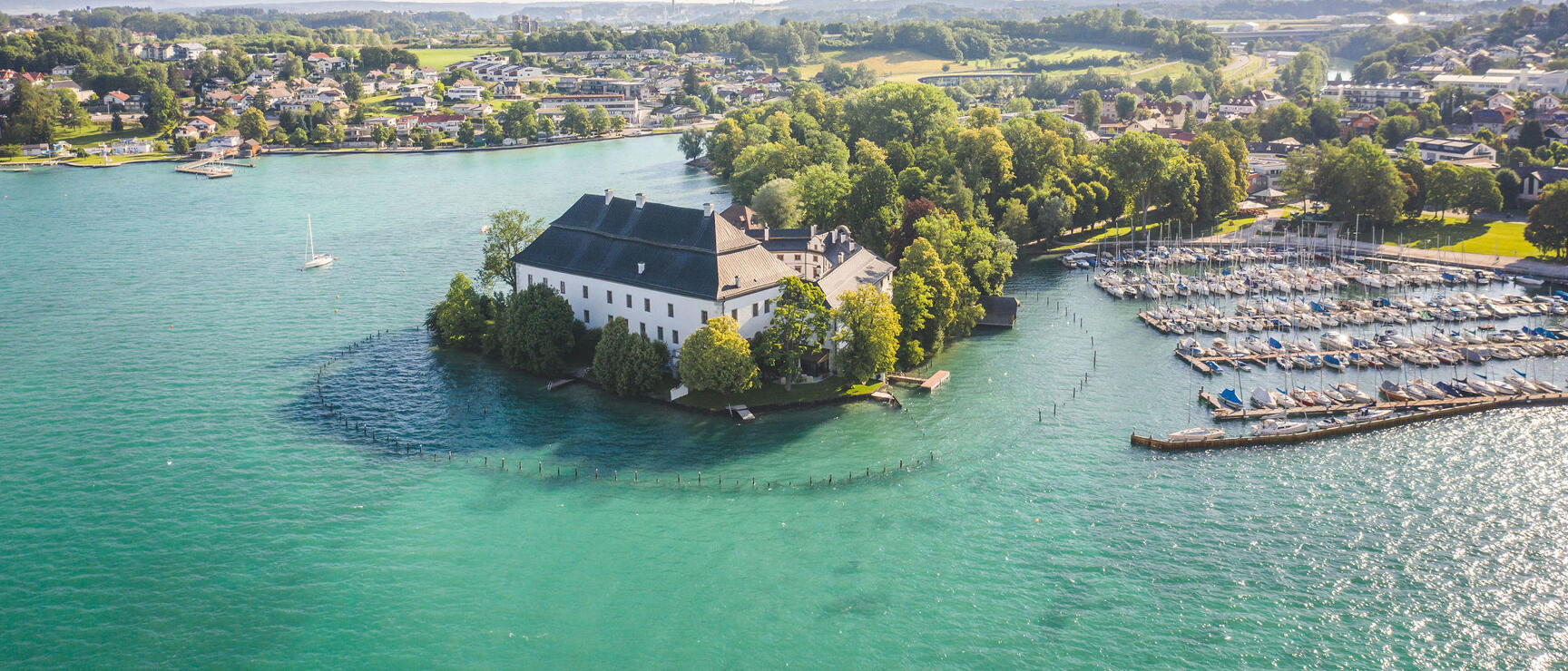
Upper Austria in Summer
Picturesque lakeshores, historic towns and awe-inspiring mountains
Upper Austria: A land of contrasts
The granite hills of the Mühlviertel region, rugged and stark yet part of beautiful, sweeping landscapes. The Salzkammergut lake district, both filled with nostalgia for imperial times and cutting-edge art, which made it 2024's European Capital of Culture. The capital city Linz, both an industrial steel town and the site of Ars Electronica Center, the museum of the future. Upper Austria is full of contrasts - which is why it is worth a visit.
Upper Austria Visitor Cards
Get your visitor card and use cable cars free of charge, visit sights at a reduced price and get discounts on lake and river cruises.
Event recommendations
Find Upper Austria's top events here
Meet Upper Austria
Top highlights
Regions
Cities and places
For everything, there is a season
Traditional events in Upper Austria
In Gmunden, people gift each other gingerbread hearts on the fourth Sunday in Lent, or "Liebstatt" Sunday, a custom dating back to 1641.
On January 5, "Glöckler" runs take place throughout the Salzkammergut region, where people carry brightly illuminated headgear, whilst locals in elaborate "Schönperchten" costumes intend to drive away evil spirits.
Since 1604, Carnival (or "Fasching") in Ebensee has been celebrated with colourful parades at the end of February.
In late summer, colourfully decorated cows return from the Alpine pastures and are celebrated with local festivals.
The Christmas markets throughout Upper Austria have made a name for themselves for their festive, cosy atmosphere.
Famous personalities
Where the Emperor spent summer
Imperial Bad Ischl
Bad Ischl in the Salzkammergut region was where the Austrian Imperial family, and especially Franz Joseph I and Elisabeth "Sisi", spent their summers. Today, you can take a guided tour of the Imperial Villa ("Kaiservilla") or visit the Marble Castle ("Marmorschlössl"), built for Empress Elisabeth.
Recipes
Unique places to stay
A region famous for its biodiversity
Kalkalpen National Park
Kalkalpen ("Limestone Alps") National Park in Upper Austria has made a name for itself as a particularly biodiverse and sustainable region.
The National Park includes one of the largest "closed forest" areas in Austria, i.e., no public roads disturb nature here. The only paths are forest roads necessary for the woodland's conservation and upkeep.
More than 200 km of unspoilt streams and over 800 springs of crystal-clear mountain water can be found within the area.
Four-fifths of Kalkalpen National Park's area is covered in forest.
Among countless other animal species, the National Park's forests are home to the only lynx population in the Austrian Alps.
Unique architecture
Upper Austria's "Vierkanthof" farmhouses
Upper Austria is home to a unique kind of farmhouse, the "Vierkanthof", which roughly translates as "four-sided farm". Variously built from sandstone, limestone or granite, these buildings are large, almost fortress-like, and rectangular, with a courtyard in the middle. The walls, which are up to one metre thick, keep the interior warm in winter and cool in summer.